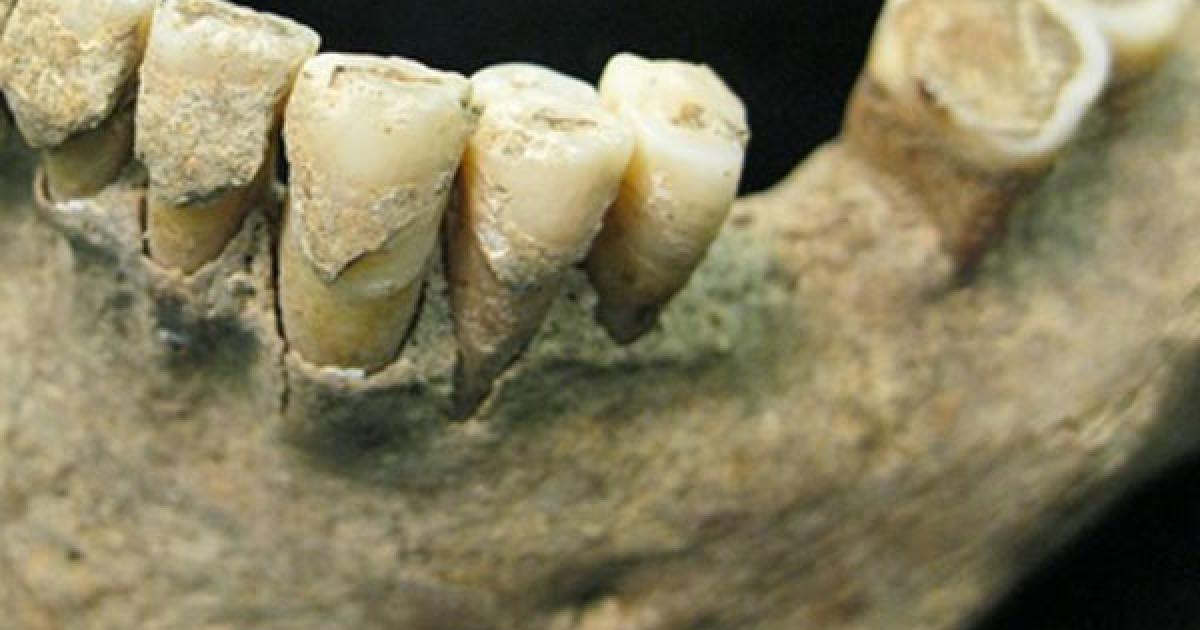Researchers from the University of Zurich and the University of Oklahoma have analysed the dental plaque from 1,000-year-old skeletons in a medieval cemetery in Germany. They had the idea that the plaque may have encased and preserved bacteria and food particles on the skeleton’s teeth over many centuries, and they were right. Their results revealed the world’s oldest case of gum disease and showed what our ancient ancestors had been eating.

The researchers explained that plaque has proven to be a great time capsule for preserving the bacteria (or ‘microbiome’) and bits of food on the teeth of humans long after they die. Tartar (or calculus) is a form of hardened dental plaque which grows slowly in the mouth and preserves all the biomolecules that become trapped inside.
While it might not sound like the most exciting discovery, it enables researchers to piece together the lives of those who lived before us. For example, some of the things ancient humans had been eating, such as particular vegetables, have never shown up in the fossil record before. The scientists also discovered they were eating pork, lamb, bread, cabbage, cereals, peas and beans.

The new study published in the journal Nature Genetics further revealed that over eight centuries before the invention of antibiotics in the 1940s, the ancient human oral microbiome already contained the basic genetic machinery for antibiotic resistance.
“As we learn more about the evolution of this microbiome in response to migration and changes in diet, health and medicine, I can imagine a future in which most archaeologists regard calculus as more interesting than the teeth themselves,” said Professor Matthew Collins, of the University of York.
Professor Christian von Mering at the SIB Swiss Institute of Bioinformatics added, “Dental calculus is a window into the past and may well turn out to be one of the best-preserved records of human-associated microbes.”
Interestingly, dental diseases are predominantly found in humans and domesticated animals, but not in wild animals. This suggests that it is modern human (and pet) diets and lifestyles that are to blame for the growth of these pathogens. The research team plans to analyse more ancient populations from other time periods to find out.